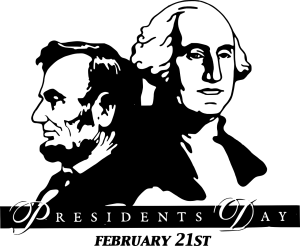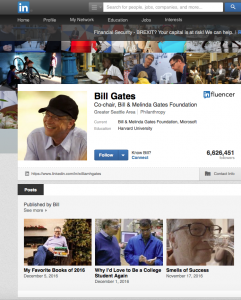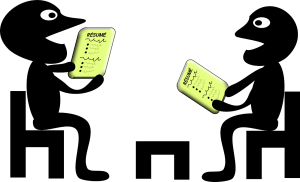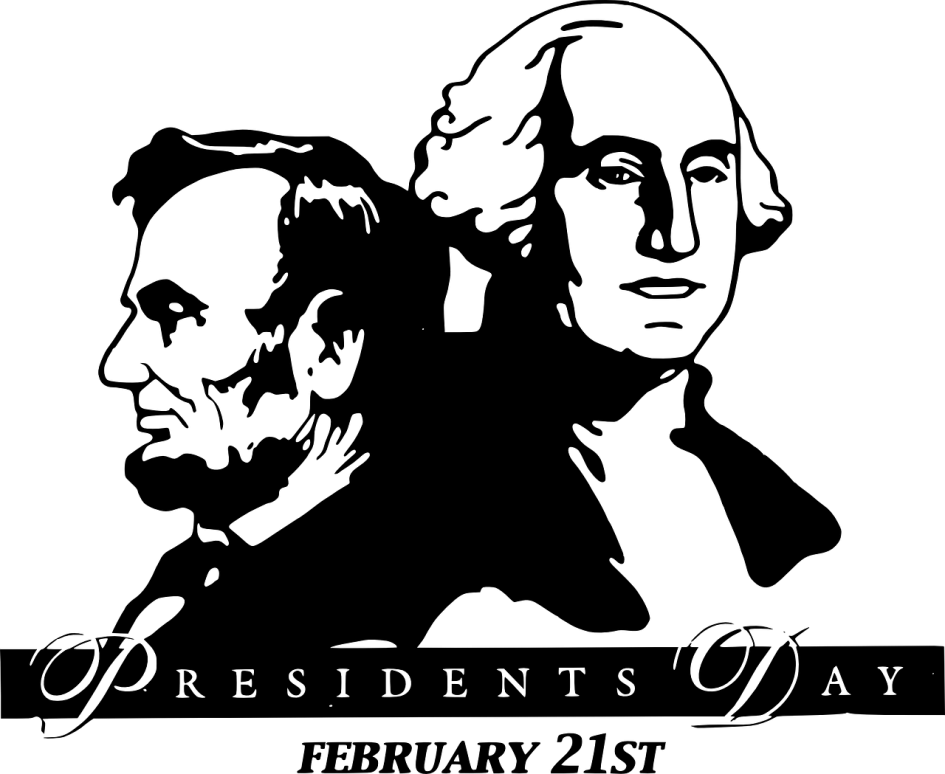While I am constantly reading professional literature and doing the typical activities needed to keep up in my profession all year long, I’ve learned that unless I schedule time into my calendar to work on some particular tasks for my own professional development, it’s too easy to let one year slide into the next and before I know it my resume looks like it did when I got my last position.
Several years back when I decided I was ready for my next big move, I took a look at my resume and was dismayed: I hadn’t touched it for about three years. Because I had let it sit so long, I had more work to do to make it current than if I had taken a few hours each year to capture key engagements. I vowed never to let that happen again.
At that particular point, I took a kind of extreme approach. I booked a professional development staycation. I literally took a week off of work and dedicated myself to a variety of tasks devoted to professional development. I admit to doing some other types of “home” work during that week, but for the most part, I used the time to pay intentional attention to my professional self.
Since then I have made it a habit to self-declare Professional Development Days throughout the year. To make it easy, I usually make at least one of them a holiday that I consider “freebies” like Presidents Day, Martin Luther King Day or Veteran’s Day.  Sometimes I set aside a weekend day or an entire weekend and pretend I’m in school – no interrupting me until dinner – I’ve got “homework” to do.
Sometimes I set aside a weekend day or an entire weekend and pretend I’m in school – no interrupting me until dinner – I’ve got “homework” to do.
Here are some of the activities I do on my Professional Development Day
Tear Apart my Resume
Reviewing and updating my resume used to feel like cleaning out my garage. The job seemed too big and messy because I let it get out of hand. Taking the time to do such a big job that had been neglected for so long made procrastination my default switch. One thing I know about myself is that if I put something on my calendar, I’ll do it. So I put updating my resume on my calendar for a “freebie” holiday.
A place I start is by researching new ways people present themselves online and in print. Because I do a lot of hiring, I get to see plenty of resumes. When I really like the look and feel of one, I make a copy and put it in a file for my review later. When I’m ready to get to work I compare these resumes with my own and see what I might do differently. I also research online to see what recruiters and hiring professionals are saying about resumes, cover letters, and personal branding.
Next I gather every performance evaluation of mine since I last updated my resume and read through them, making note of significant accomplishments, lessons learned, and gaps. I then create a new way to tell my story. It is daunting to start from scratch, but also fun to play around with new formats, fonts, chronologies, and categories.
Find Gaps in Skills or Experience
If the hard work of reviewing and updating my resume doesn’t inevitably lead to revelation of gaps in skills and experience, then I have to insert another step. One thing I did recently was look at the short bio of top leaders in my field who had recently been hired for the kind of role I’d be interested in. This process led to new insight about experiences I could seek out and accomplishments I had been leaving off my resume because I thought they were insignificant. This information helped me identify where I could expend more effort in my professional development and add emphasis in my resume to fill in some areas where I had left unintentional gaps.
Update Online Profile
 A natural next step for me is to use this information to update my online profile on professional sites. Social media sites evolve quickly and it’s easy for my online profile to get stale if I don’t pay it good attention. I poke around at the online profiles of other people I know or am interested in learning more about and see what catches my eye. I also see what new tricks and tools the sites are offering. Doing this exercise also helps me find new people to follow and connect with and think about how I am presenting myself online. I also learn what new I might want to emphasize about my professional self.
A natural next step for me is to use this information to update my online profile on professional sites. Social media sites evolve quickly and it’s easy for my online profile to get stale if I don’t pay it good attention. I poke around at the online profiles of other people I know or am interested in learning more about and see what catches my eye. I also see what new tricks and tools the sites are offering. Doing this exercise also helps me find new people to follow and connect with and think about how I am presenting myself online. I also learn what new I might want to emphasize about my professional self.
Get a Head Shot

Updated look

Old profile photo
In order for my online profile to represent the current me, I look around the web and capture head shots of people I think have a similar kind of look and feel I would go for. I really like this one of Anderson Cooper. Then it’s time to get it on the calendar. The hardest part for me can be figuring out what to wear. Talking to the photographer ahead of time about the “look” I’m going for helps me know what kind of wardrobe to bring with to the shoot. For some reason, taking this step seems slightly narcissistic – like a really expensive selfie. But once it’s done and I’ve updated my online photos, it feels like a very grownup thing to do – take control of my brand.
Prepare for a Fictional Interview
Some of the fun on Professional Development Day can include doing research on new interview questions being asked, new approaches to screening applications, and new ideas in interviewing in general.  Once I’ve done this environmental scan, I gather this information and see how what I’ve included in my resume can be mapped out in a table to more easily answer these types of questions. In order for this to be effective, I need to understand two things: 1. What is going on in my industry that I might get asked about that I should know? and 2. What are my lessons learned from looking through previous performance evaluations to show self-awareness, growth, and mistakes? I use these lenses to fill out the table not only with accomplishments but also lessons learned.
Once I’ve done this environmental scan, I gather this information and see how what I’ve included in my resume can be mapped out in a table to more easily answer these types of questions. In order for this to be effective, I need to understand two things: 1. What is going on in my industry that I might get asked about that I should know? and 2. What are my lessons learned from looking through previous performance evaluations to show self-awareness, growth, and mistakes? I use these lenses to fill out the table not only with accomplishments but also lessons learned.
Sign up or Reach Out
All of this research, writing and rewriting gains real meaning when I take specific action towards a goal based on what I learn. For me, knowing what to do next usually doesn’t come as a lightning bolt but more as a slow boil. So I need to schedule more time soon after my official Professional Development Day to follow through on next steps. These steps can be from a SMART goal I’ve built or a personal business plan. (More on these another time.)
For example, a few years ago I felt like I was getting lazy about continuing education. So I agreed to teach a master’s level class on a topic in my profession. Not only did it put me in active learning mode, it filled a gap in my resume. I also like to think I helped some newbie’s to the field learn something.
Another time I decided that I hadn’t done a presentation at a conference in awhile so I developed an idea, made some calls to people I thought might want to collaborate and submitted to present. Again, just doing that activity exercised my professional muscles by requiring me to take stock of recent accomplishments that might further the learning in my profession, summarize them for another audience, and reach out to colleagues.
This year I took a couple of blog posts and submitted them to a professional journal. And recently, I signed myself up for some continuing education where I’ll earn a new certification. For me, whether I teach the class, do the presentation, or get an article published is secondary to the intentional effort to push myself to find where I can extend my own learning and share what I know with others.
Take Responsibility for my own Employability
Some number of years ago I was adamantly espousing to staff the concept of our individual responsibility to keeping ourselves employable. While an employer has a responsibility to train and develop staff to be successful at work, I have a personal responsibility to keep my skills sharp for a changing market. I’ve been working hard to take my own advice by keeping myself in a constant learning curve. Since I can be especially hard on myself, doing an inventory of my accomplishments for the year helps me take a minute to either pat myself on the back or kick myself in the butt. Either way, I’ve learned to embrace my self-declared Professional Development Day.
Recommended Reading:
How to Have a Good Day: Harness the Power of Behavioral Science to Transform Your Working Life/Caroline Webb (2016)
This book takes all of my favorite research from the past several years and puts the theories into relatable stories. One of her bits of advice is to take small steps to reach big goals. I think this theory applies very nicely to my concept of scheduling personal professional development days.

Recent Comments